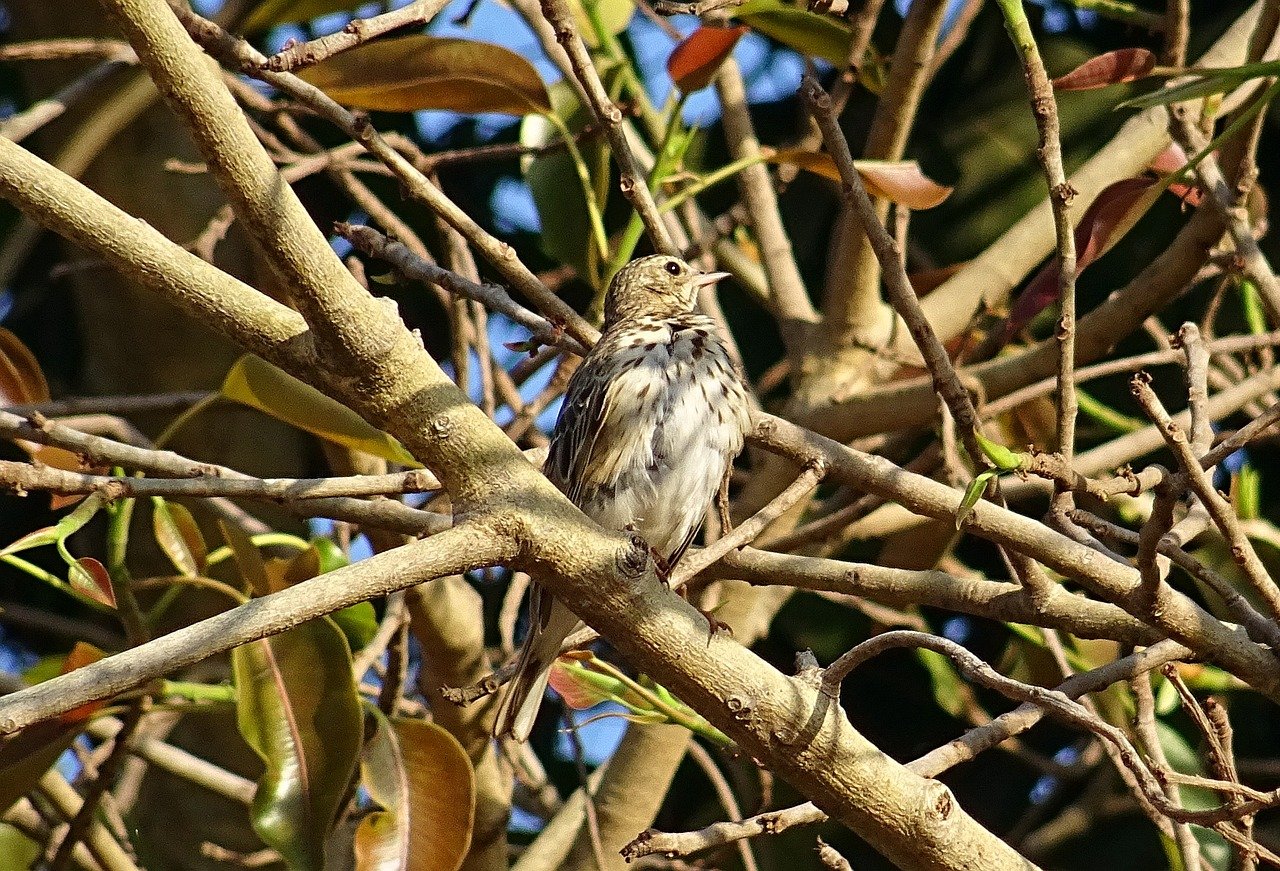Effects of magnetic manipulations on orientation: comparing diurnal and nocturnal passerine migrants on Capri, Italy in autumn
DOI:
https://doi.org/10.34080/os.v16.22724Keywords:
migration, climate effects, migration ecologyAbstract
Orientation cage experiments were performed on Capri in Italy, with a diurnal passerine migrant (Tree Pipit Anthus trivialis), and a nocturnal passerine migrant (Garden Warbler Sylvia borin), to study the use of magnetic compass information during autumn passage migration. The experiments were performed outdoors at sunset in: (1) the local geomagnetic field under natural clear skies, (2) a shifted magnetic field (mN −90°) under clear skies, and (3) a shifted magnetic field (mN −90°) under simulated overcast skies. Day migrating Tree Pipits showed a clear shift in orientation compared to controls (i.e. local geomagnetic field and clear sky conditions) corresponding roughly with the magnetic shift (mN −90°) under clear as well as overcast skies, while the Garden Warbler migrating at night, did not respond to the same magnetic manipulations by shifting their preferred directions in the cages. The mean orientation of Tree Pipits did not differ from the sun’s position during experiments, while it was clearly different in Garden Warblers. Species-specific orientation responses to experimental manipulations in caged compared to freeflying migrants is discussed.
Downloads

Downloads
Published
How to Cite
Issue
Section
License
The copyright of each contribution belongs to the author(s), but all contributions are published under a Creative Commons license, so that anyone is free to share and reuse the contribution as long as the copyright holder is attributed.







